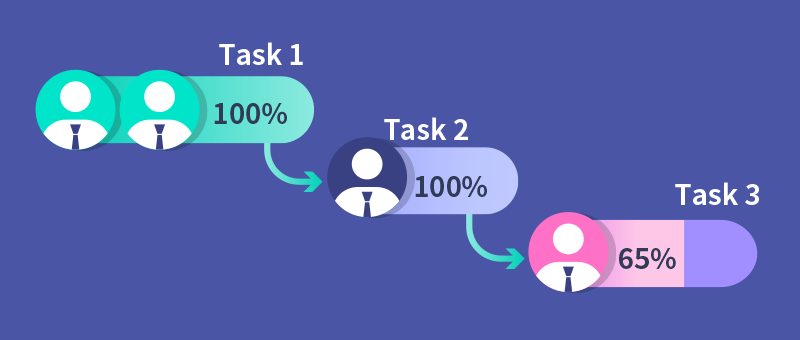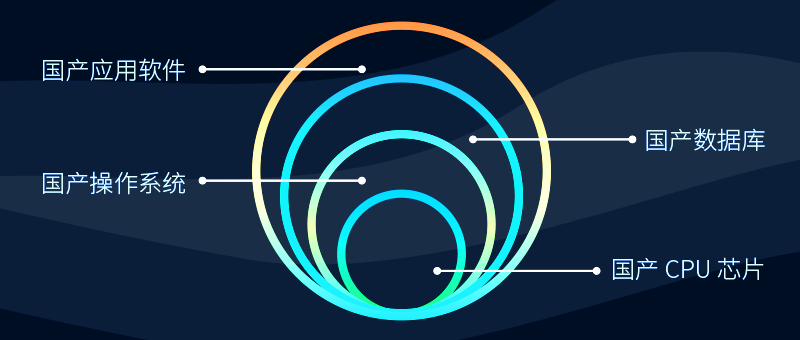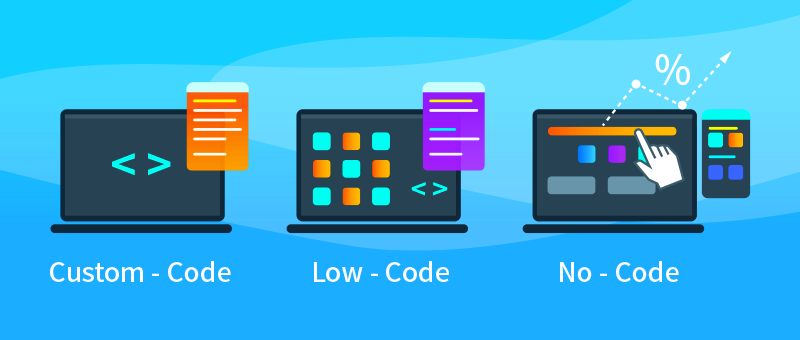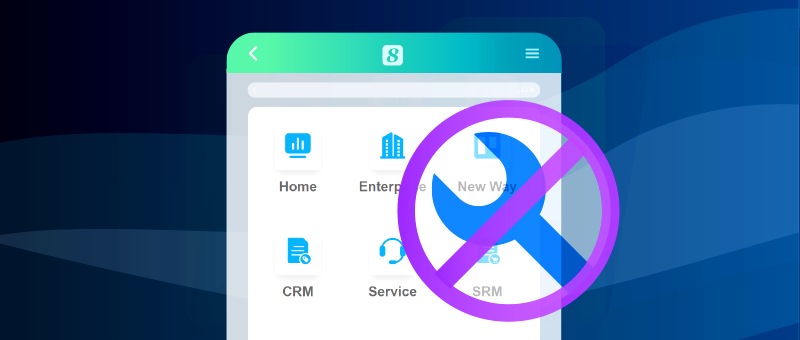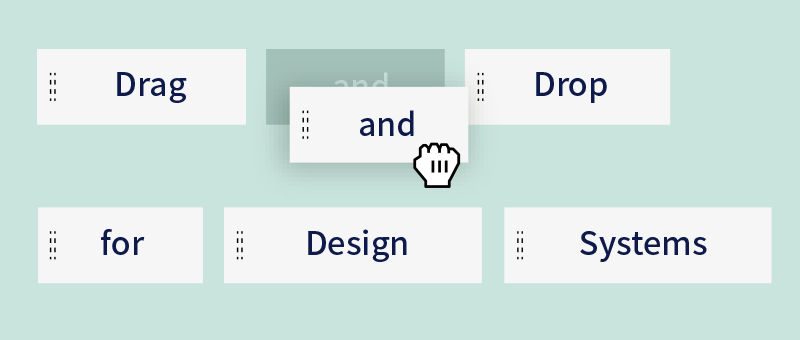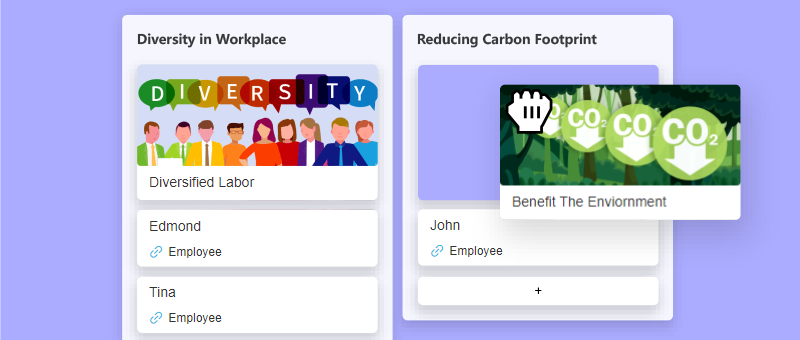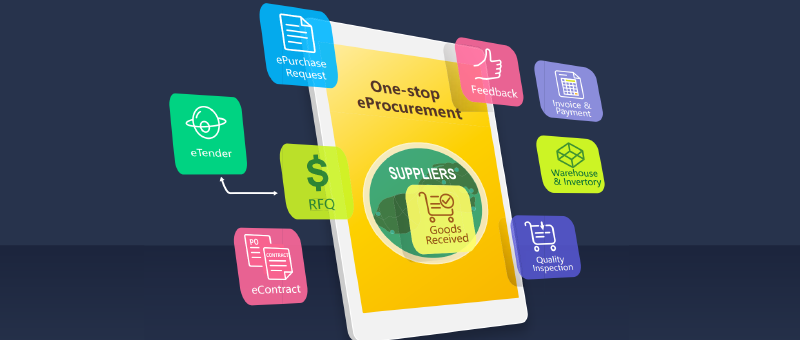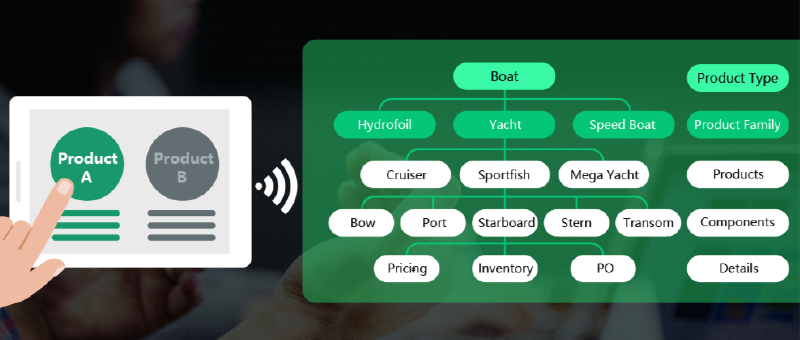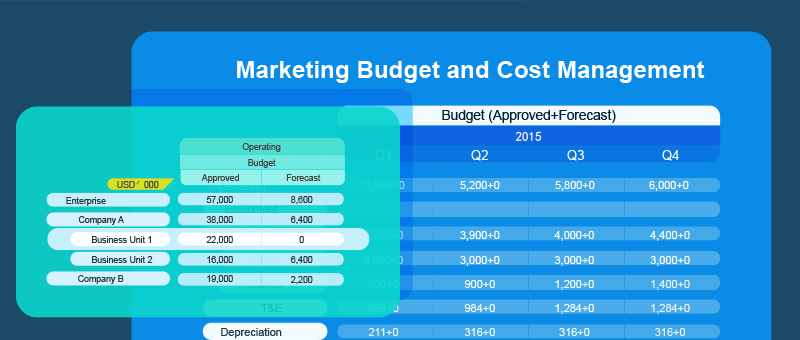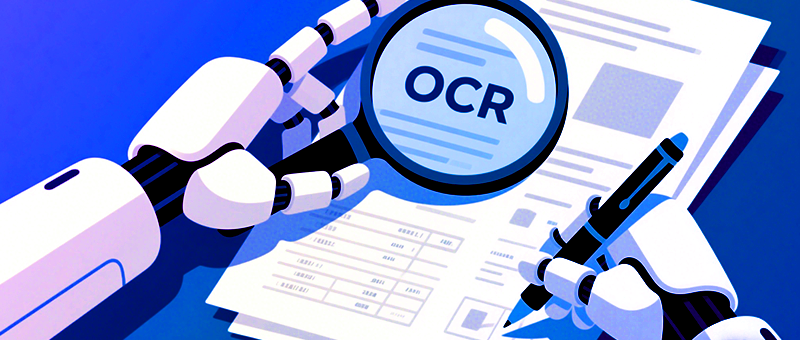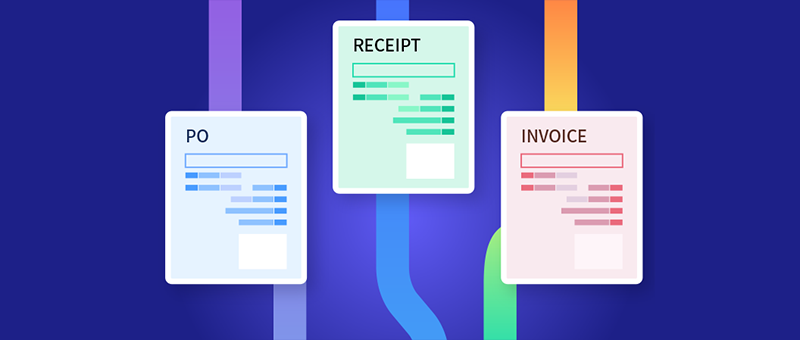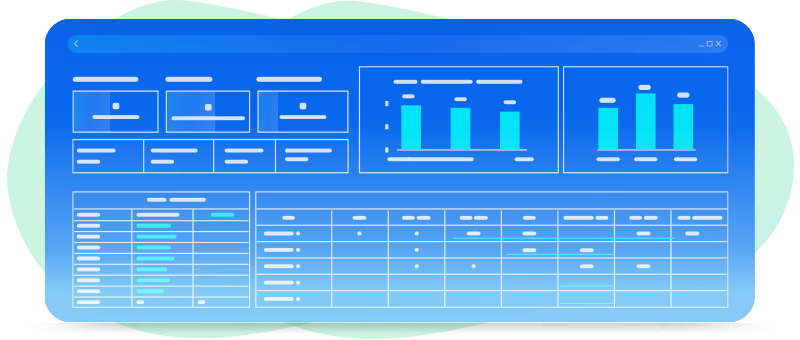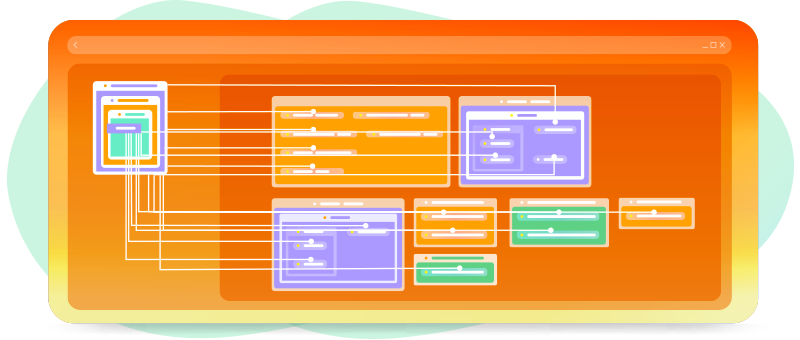Special News
Manual to Automation: Time Management Systems Fuel Business Growth
2024-12-12
In today’s fast-paced business environment, time is money. Efficiently managing employees’ working hours to maximize resource utilization has become a critical issue for business development. Traditional manual time tracking methods no longer meet the demands of modern enterprises for efficiency and accuracy. In contrast, time management modules in enterprise management systems offer automated, efficient, transparent, and compliant solutions.
This article explores the transition from manual to automated time management, analyzing how time management systems help businesses optimize operations and enhance performance.

I. Pain Points of Traditional Manual Time Management
Traditional manual time management often relies on paper-based forms or spreadsheets, where employees record their hours, and managers consolidate the data. While seemingly simple, this method faces several challenges:1.Low Efficiency: Data entry, verification, and consolidation are time-consuming, significantly reducing productivity.
2.Prone to Errors: Manual recording is prone to errors, such as missing records or incorrect entries.
3.Lack of Transparency: Real-time monitoring of employees’ work activities is impossible, making it hard for management to make timely decisions.
4.Compliance Challenges: Manual records often lack credibility in audits or labor disputes.
These issues prompt businesses to seek smarter solutions.
II. Key Features of Automated Time Management Systems
Modern time management modules address the shortcomings of traditional methods through technology. Here are their core features:1.Real-Time Tracking: Employees can log their working hours in real-time via systems, mobile apps, or attendance devices, with data automatically uploaded and synchronized.
2.Data Analysis and Reporting: The system generates comprehensive time reports, enabling detailed views by department, project, or individual to support decision-making.
3.Multi-Platform Integration: Time management systems typically integrate seamlessly with existing ERP, payroll, or project management tools, ensuring data sharing and streamlined workflows.
4.Automated Compliance Management: Built-in checks for labor regulations and company policies help ensure compliance and reduce risks.
5.Flexible Scheduling and Leave Management: Supports various scheduling options and automatically calculates overtime, leave, and special hours.
III. Advantages of Time Management Systems
1.Increased Efficiency: Automated tracking and real-time updates significantly reduce manual workload, allowing managers to focus on more valuable tasks.2.Error Reduction: Automatic data capture and validation eliminate common manual errors, ensuring accuracy and reliability.
3.Enhanced Transparency: The system provides visualized records and reports, enabling both employees and management to access information at any time.
4.Lower Compliance Risks: Automatic reminders and validations for policy adherence help prevent legal issues related to labor violations.
5.Optimized Resource Allocation: By analyzing work hours and project time distribution, businesses can better allocate resources and improve operational efficiency.

IV. Choosing the Right Time Management System for Your Business
When selecting a time management system, businesses should evaluate functionality, ease of use, and scalability to ensure the solution meets current needs and adapts to future growth. 8Manage Time Management System is a professional solution that stands out in the following areas:1.Comprehensive Features: Offers real-time tracking, multi-dimensional data analysis, and automated reporting. It integrates with ERP, payroll, and project management systems, addressing diverse business scenarios.
2.User-Friendly Interface: Intuitive design and streamlined operations make it easy for both employees and managers to use. Mobile support further enhances accessibility.
3.Flexible Scalability: Modular design allows businesses to add or adjust features as their needs evolve.
4.Strong Security: Employs advanced data encryption and multi-level access controls to safeguard sensitive information. Complete operation logs and compliance support reduce legal and operational risks.
5.Professional Technical Support: Provides end-to-end support, including deployment, data migration, and employee training, along with 24/7 customer service to ensure smooth operation.
FAQs
Q1: Which industries are time management systems suitable for?
A: Time management systems are applicable across nearly all industries, especially in manufacturing, services, and IT sectors, where precise time tracking is critical. For project-based businesses, like consulting or software development firms, these systems also help track project costs.Q2: How do time management systems integrate with payroll?
A: Time management systems can seamlessly connect with payroll modules to automatically calculate working hours, overtime, and leave deductions, generating accurate payslips. This integration reduces manual calculations and minimizes errors.Q3: How long does it take to implement a time management system?
A: Implementation time depends on the organization’s size and system complexity. For small businesses, it typically takes 1-2 weeks, while larger organizations may need 1-2 months for data migration, configuration, and training.By adopting modern enterprise management systems, businesses can overcome the limitations of traditional manual time tracking, achieving more efficient and transparent operations. When choosing a time management system, enterprises should assess functionality, security, and support to ensure the system delivers long-term value for business growth.
Most popular

How IPD drives product R&D toward commercial success

Top procurement management systems to elevate your business in 2025

Are your project managers ready for AI?
Related articles
8Manage software: The smart choice for global enterprise success
2025-03-28
8Manage software: Empowering Chinese companies to conquer global markets
2025-03-14
Why no-code ERP is the perfect fit for SMEs: 3 key reasons
2025-01-15
Top CRM systems rankings: A comparison of cost-effectiveness and features
2025-01-07
Cut costs and boost productivity with electronic document management
2024-12-27
Previous Article >
How to Manage Business Opportunities Efficiently? The Key to Business Growth
How to Manage Business Opportunities Efficiently? The Key to Business Growth
Next Article >
7 Affordable Procurement Management Systems for SMEs
7 Affordable Procurement Management Systems for SMEs



